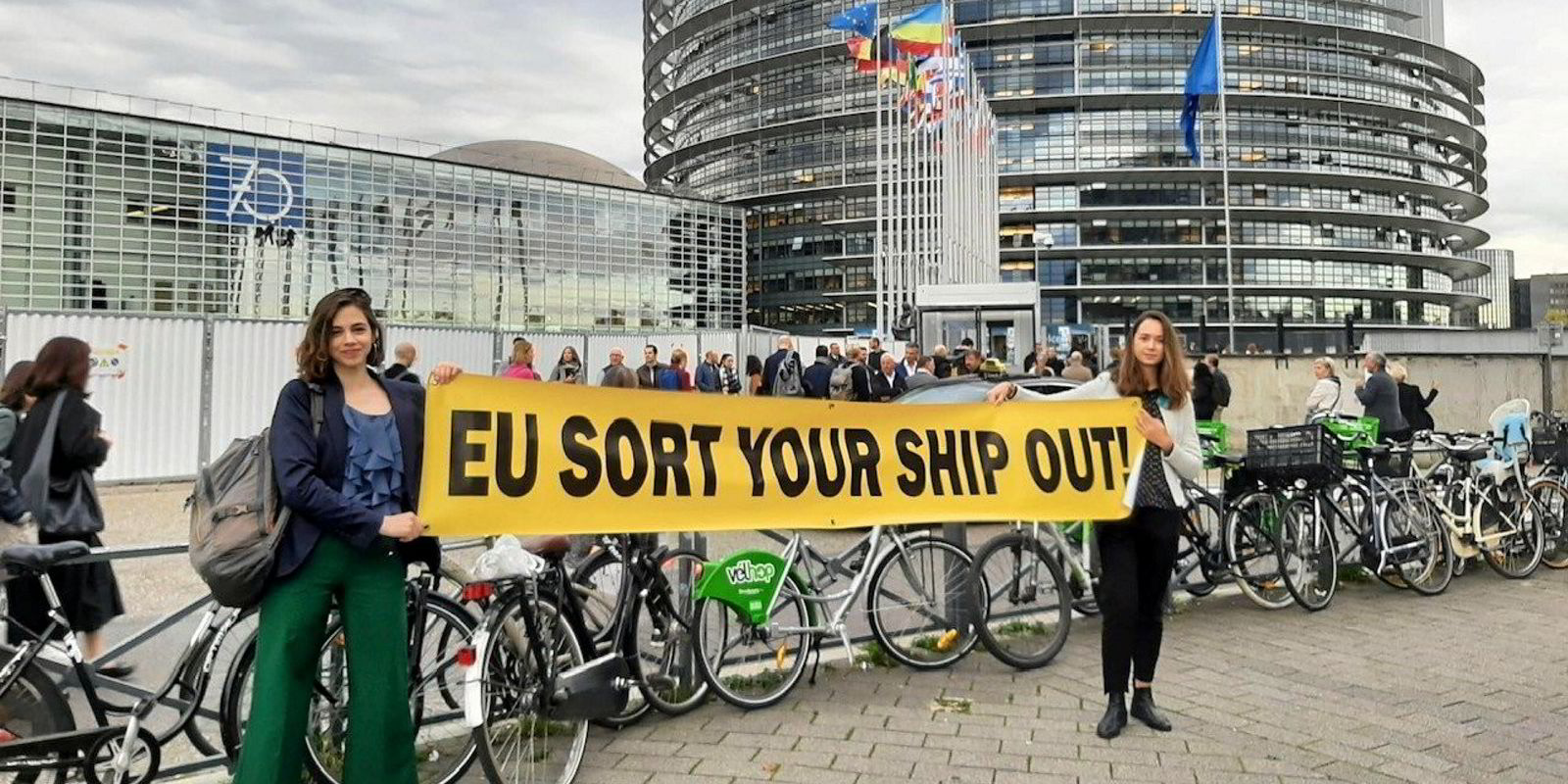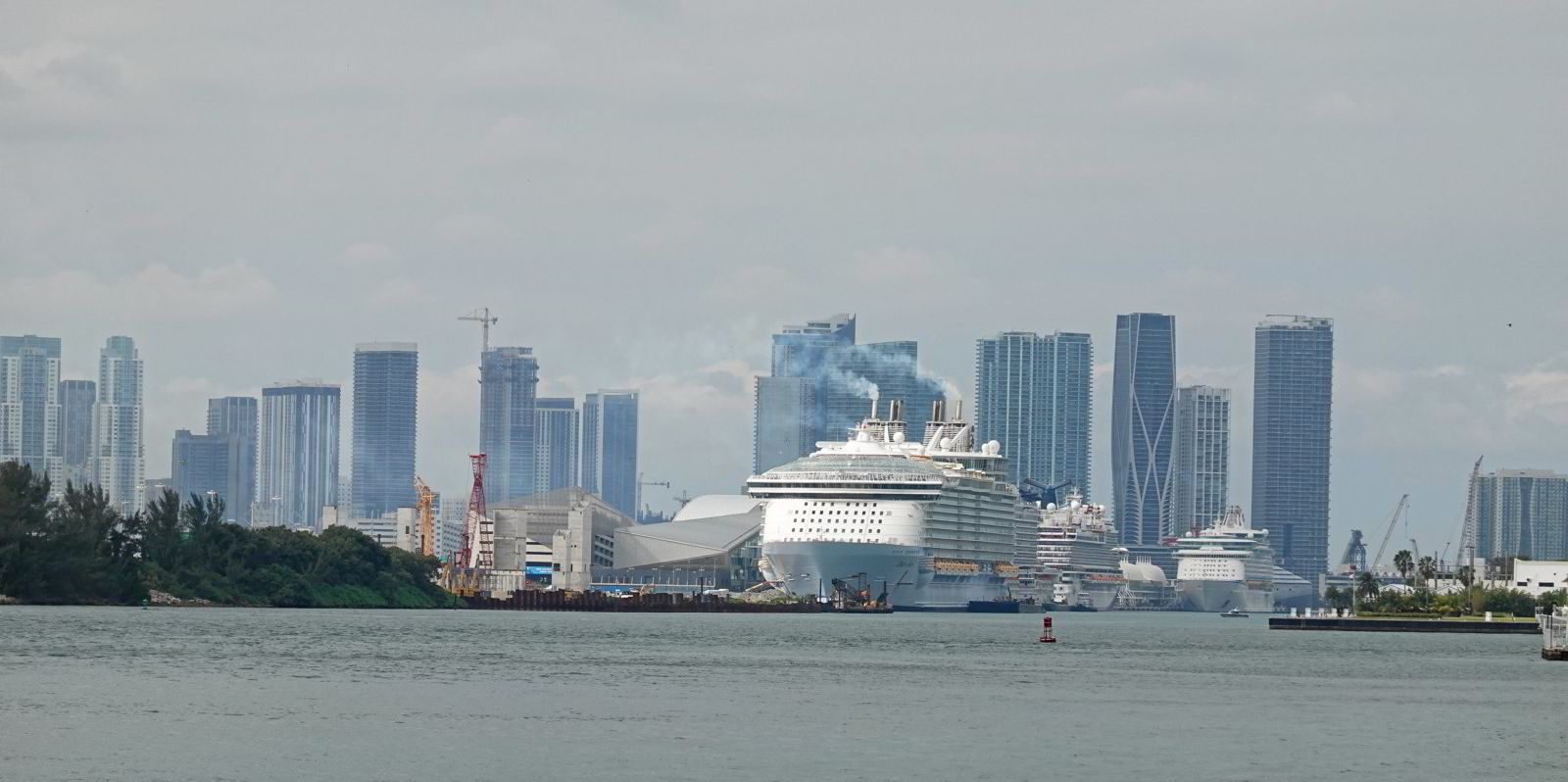We should talk about laughing gas. This is no joke. We best know nitrous oxide, whose chemical formula is N2O, for its role in making dentist appointments less torturous.
But it is important for shipping because it is a greenhouse gas — despite having no carbon atom in its molecule — that can even be part of the emissions of the fuels we think of as the most climate friendly of future fuels.
And it is one of the reasons why it is time for “decarbonisation” to face scrutiny as a term to describe shipping’s efforts to reduce its contribution to climate change and to align itself with work to stop global warming at 1.5C above pre-industrial levels.
While it is more important than ever to address shipping’s CO2 output, there is a whole basket of greenhouse gases that are part of shipping’s climate impact. Talking about the challenge solely in terms of carbon threatens to leave out important greenhouse gases and to open the door to claims about emissions reductions that range from imprecise to deceptive.
It is more constructive and accurate to focus the discussion around more encompassing terms such as “greenhouse gas”, “climate impact” or the wonkier “CO2-equivalent emissions”, rather than “decarbonisation”.
Let’s start with methane, the main ingredient in LNG.
LNG debate
Some argue that LNG should be completely ruled out as a fuel in shipping’s transition pathway. Others argue that methane emissions on board ships are being tackled and that vessels that use the fuel will be able to use greener versions of it in the future, such as bio-LNG and synthetic e-LNG produced using renewable energy.
Yet no matter which side is right, methane needs to be factored into being a part of shipping’s climate goals. Although it does have a carbon atom in its chemical formula — CH4 — it paints a partial picture to tout the fuel for how much CO2 emissions are reduced by burning it.

The Green Seas podcast recently visited the Seatrade Cruise Global conference in Fort Lauderdale, where the Cruise Lines International Association highlighted its goal of “net zero carbon cruising” by 2050.
In an report from October last year, the trade association highlighted the large number of LNG-fuelled newbuildings on order as part of its commitment to its net zero goal, but the sector needs to address how cruise lines are factoring methane emissions into the calculus.
Potent greenhouse gas
Methane has a more significant climate impact than CO2.
The Intergovernmental Panel on Climate Change (IPCC) has said methane has 84 to 87 times the heating power of CO2 in the atmosphere over a 20-year timescale, and 28 to 36 times more over 100 years.

And while the 100-year timescale has historically been the favoured metric in shipping, the growing urgency of the climate crisis means the impact on shorter timescales matters.
With global average temperatures at 1.1C above pre-industrial levels today, the IPCC’s scientists estimate that global greenhouse gas emissions need to be chopped in half by 2030 to halt the warming at 1.5C. That goal looks increasingly impossible, but that is not a reason to give up on striving for it, since each fraction of a degree above that target will bring increasing climate impacts.
Black carbon and nitrous oxide
Environmental groups also point to the importance of tackling emissions of black carbon — also known as soot — because of its impact on the Arctic.
Then there is nitrous oxide. According to the US Environmental Protection Agency, the gas has 273 times the warming potential of CO2 on a 100-year timescale.

While nitrous oxide is not a major subject of discussion for shipping today, environmental experts worry it could become a problem if ammonia becomes a source of fuel for shipping. And that is both because of emissions on board ships and if there is upstream ammonia leakage in the supply chain, because ammonia has a way to become nitrous oxide in the environment.
The European Union has worked nitrous oxide into its Emissions Trading System. But Lucy Gilliam, an environmental scientist and senior shipping policy officer at Seas at Risk, said the International Maritime Organization has yet to have much discussion around nitrous oxide emissions.
“I think there is going to be ammonia going to the environment unless you understand that we have other pollution risks,” she said. “And those are actually quite serious and could completely undermine our battle to tackle climate change and biodiversity loss.”
In the multi-fuel environment that is emerging for shipping, having a full picture of greenhouse gas emissions will be essential to truly tackling the industry’s climate impact.




